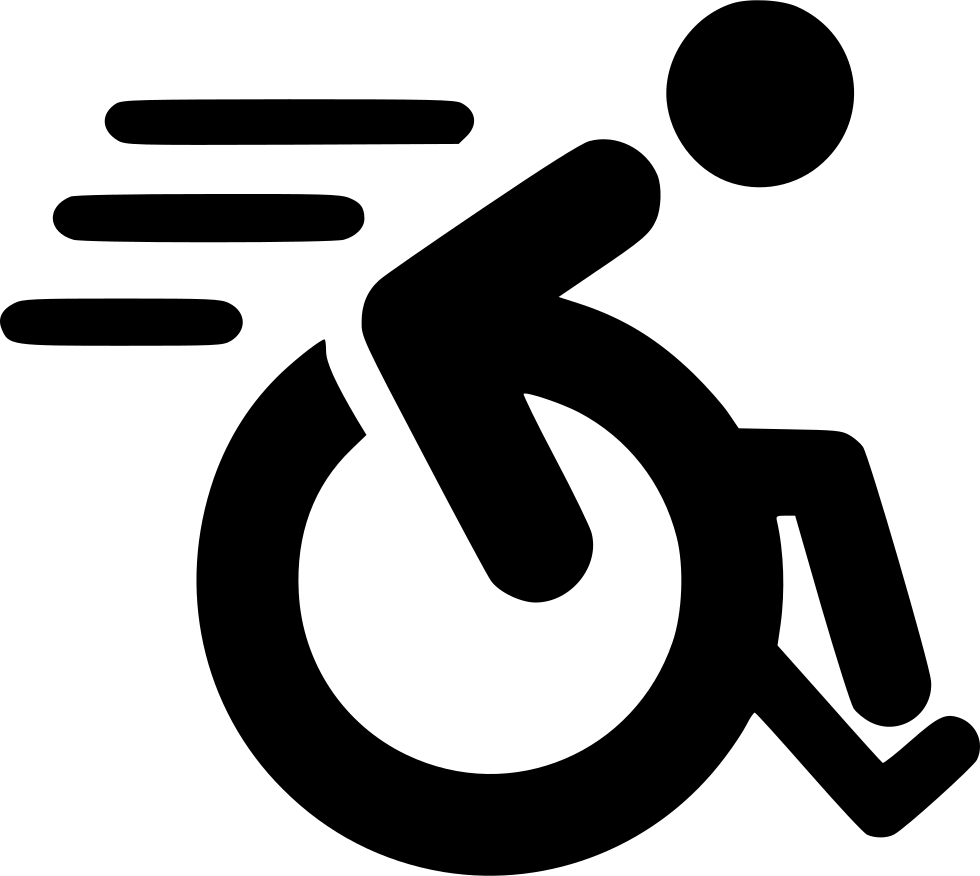Feline Ultrasound Examinations
 What is ultrasound?
What is ultrasound?
Ultrasound consists of very high-pitched sound waves. Humans hear up to 20 thousand hertz (vibrations/second), whereas the ultrasound frequencies that we use in cats are usually around 7-10 million hertz. The sound comes from a probe that is put against your cat’s skin. The sound waves travel into the body and are reflected by organs such as the liver and heart. Different types of tissue reflect different amounts of sound, and the ‘echoes’ that return to the probe are used to build up a picture of what is happening inside different organs. The examination is not painful and, as far as we are aware, there are no risks or side effects.
What preparation is needed?
Most animals are very tolerant of the ultrasound examination and do not need sedatives to keep still. However in some cases, sedation may be used, as examinations can take some time and to get the most information from them, a cooperative, still patient is needed. Some cats in particular object more to being held still than to the examination itself! If the abdomen is to be examined, it is also useful for the stomach to be empty, as food prevents a clear picture of the stomach and surrounding area being obtained. For these reasons, you may be asked not to feed your cat on the morning of the examination; drinking water is fine.
If your cat’s problems include urinary difficulties, a full bladder is best for getting good pictures of the bladder wall and contents – for this reason, have water available and remove access to litter trays for a couple of hours before coming to the surgery.
What happens at the examination?
To get a good picture with ultrasound, the contact between the skin and the probe needs to be very good. For this reason, some hair will probably be clipped from your pet; the size and area of the clipped patch depends on which organs we need to examine. Ask your Vet if you have any concerns over your cat being clipped. Some ultrasound gel will also be used to get a good contact – this is not irritant or toxic. Your cat will be held quietly for the examination, usually on their side or back. Examinations take between 10 and 45 minutes depending on which organs are being examined.
"Your cat will be held quietly for the examination, usually on their side or back. Examinations take between 10 and 45 minutes depending on which organs are being examined."
What organs can be examined with ultrasound?
The most common areas looked at with ultrasound are the heart and abdominal organs. Unlike an X-ray, which only shows the external shape of an organ, ultrasound allows us to look ‘inside’ organs. This is because tissues such as muscle and blood appear different with ultrasound, but look the same shade of grey on an X-ray. For example, with ultrasound examination of the heart, the size of the four different chambers and the thickness of the walls can be measured, and the movement of the heart can be assessed. With more advanced ultrasound machines, the speed and direction of blood flow through the heart can be measured. In the abdomen, the structure of the tissue within solid organs such as the liver, spleen and kidneys can be examined and the walls and contents of the stomach, intestines and bladder can be seen.
As in humans, ultrasound is a very reliable way of detecting pregnancy. Pregnancies may be reliably confirmed from 20 days in cats, although foetuses may be seen up to a week earlier than this.
Other structures that may be examined with ultrasound include eyes, tendons and superficial ‘lumps and bumps’.
Will my cat need radiography as well?
Ultrasound and radiography give very different information so usually one or the other is sufficient. For example ultrasound is not good for looking at bone problems as only the surface of bone can be seen. Gas also reflects most of the sound, so ultrasound is of little use for looking at air-filled lungs or at intestines that contain a lot of gas. However ultrasound is very useful for assessing the internal structure of organs and can allow changes within organs to be detected that would not be seen on a radiograph. Ultrasound also allows movement to be followed (useful for looking at the heart) unlike radiograph, which are still pictures.
 What will the ultrasound pictures tell us?
What will the ultrasound pictures tell us?
In some cases ultrasound will give a definite answer as to what is going on, for example what is causing a heart murmur, or whether bladder stones or kidney cysts are present. In other cases ultrasound is only a part of the diagnostic process, with further information coming from other procedures such as blood tests, radiographs or biopsies; reasons for this are varied. Ultrasound examination is not always specific –many disease processes look very similar on ultrasound and there may need to be further tests done. Ultrasound is often useful to exclude certain conditions such as polycystic kidney disease or cancer. Ultrasound may also be useful in directing a non-invasive biopsy of a diseased organ for pathology testing in order for a definitive diagnosis to be made.
© Copyright 2016 LifeLearn Inc. Used and/or modified with permission under license.

